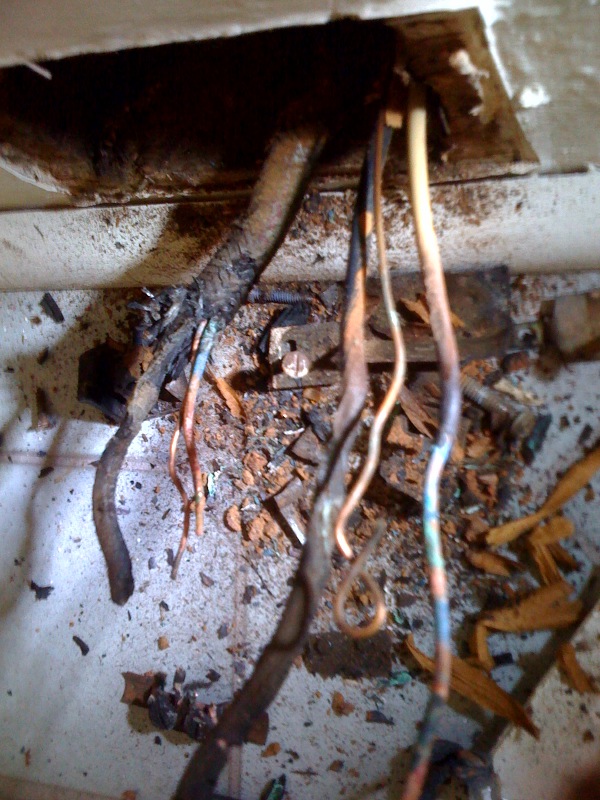I was talking this over with the wife and finally it came down to cost, which I have no idea on.
If I remember correctly, a few have had it done to their houses. Around how much did it cost and are you satisfied with the results? Would you do it again or go with a different product like cellulose?
Thankya,
Matt
If I remember correctly, a few have had it done to their houses. Around how much did it cost and are you satisfied with the results? Would you do it again or go with a different product like cellulose?
Thankya,
Matt




 Still not real clear about what's being shown.
Still not real clear about what's being shown.